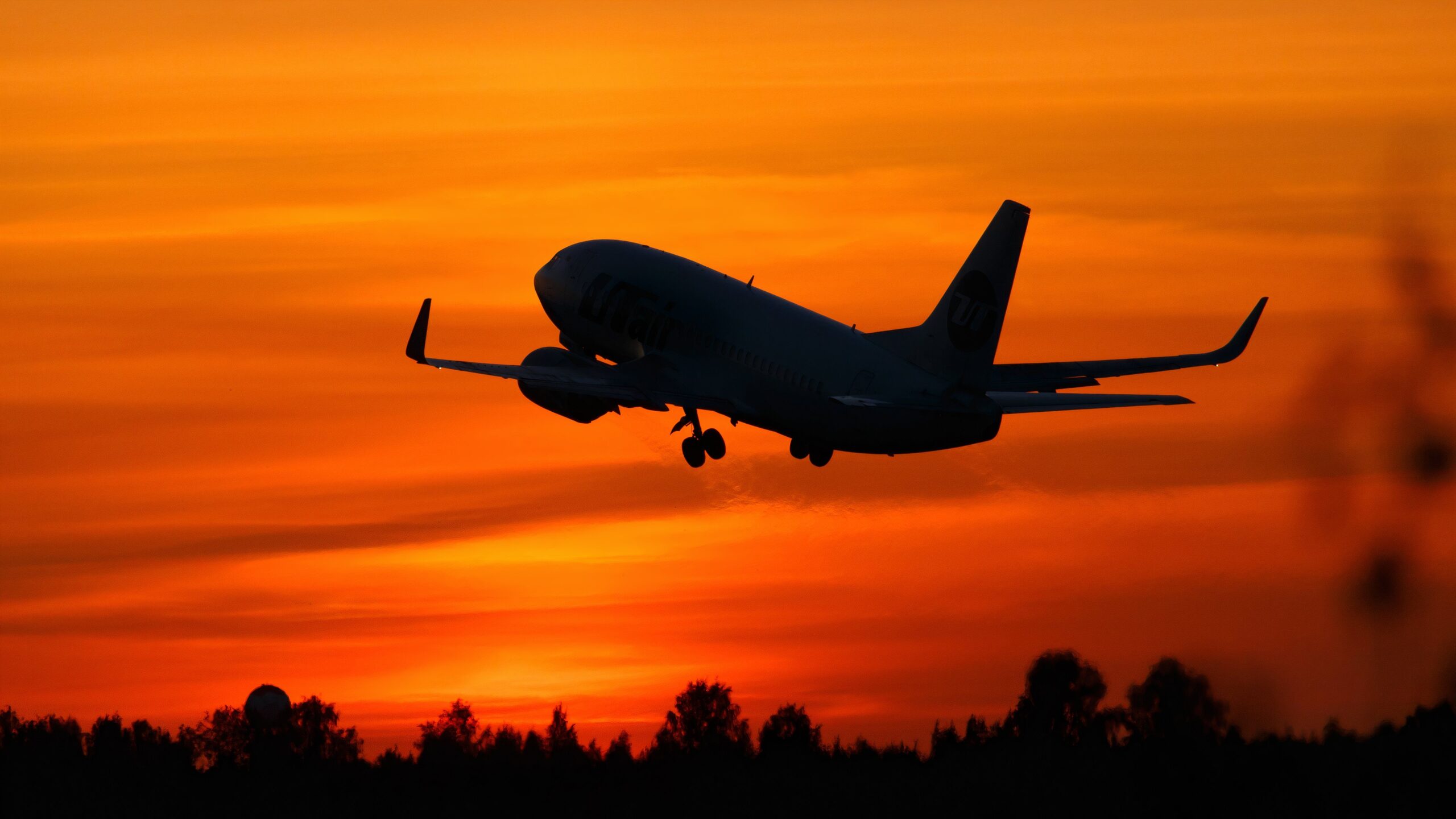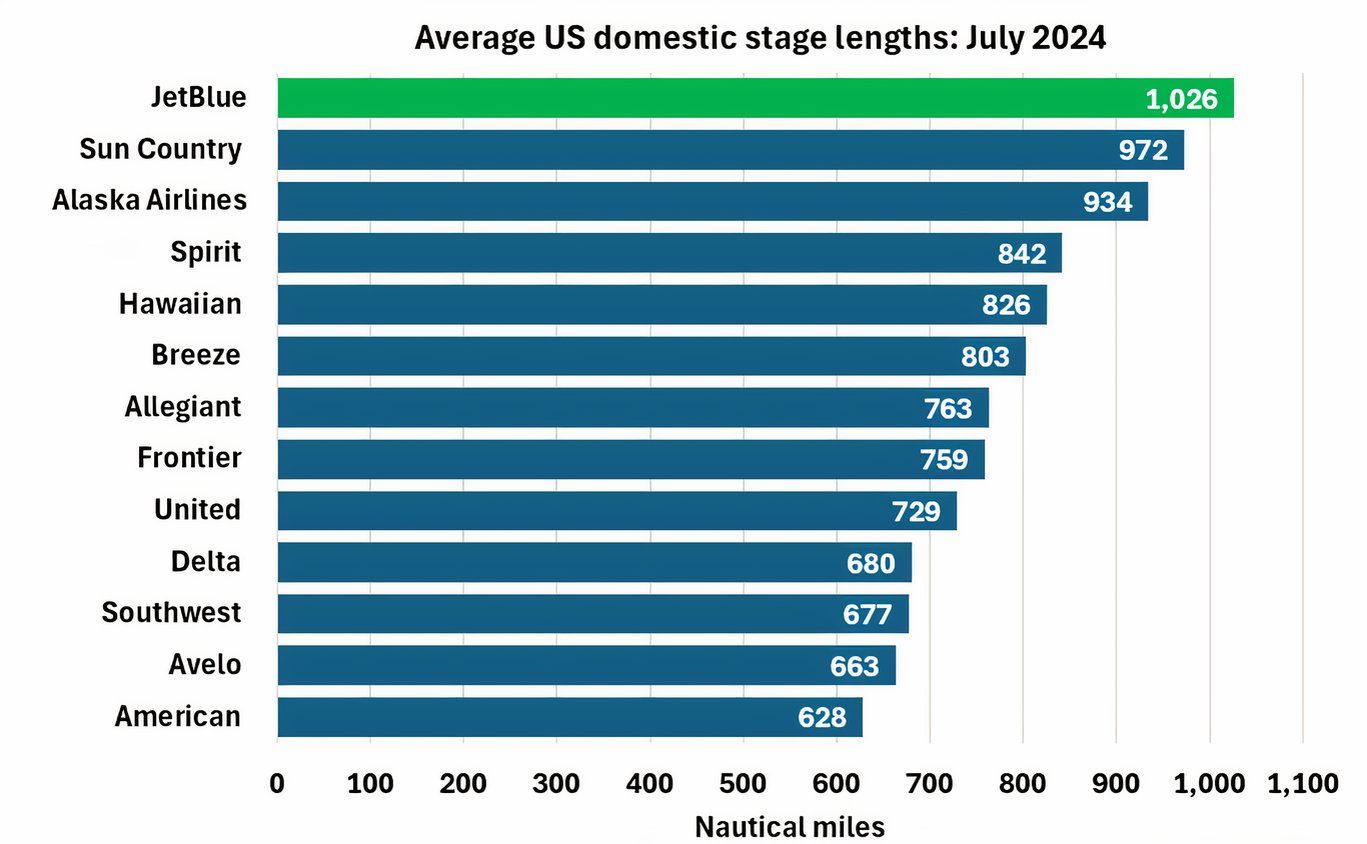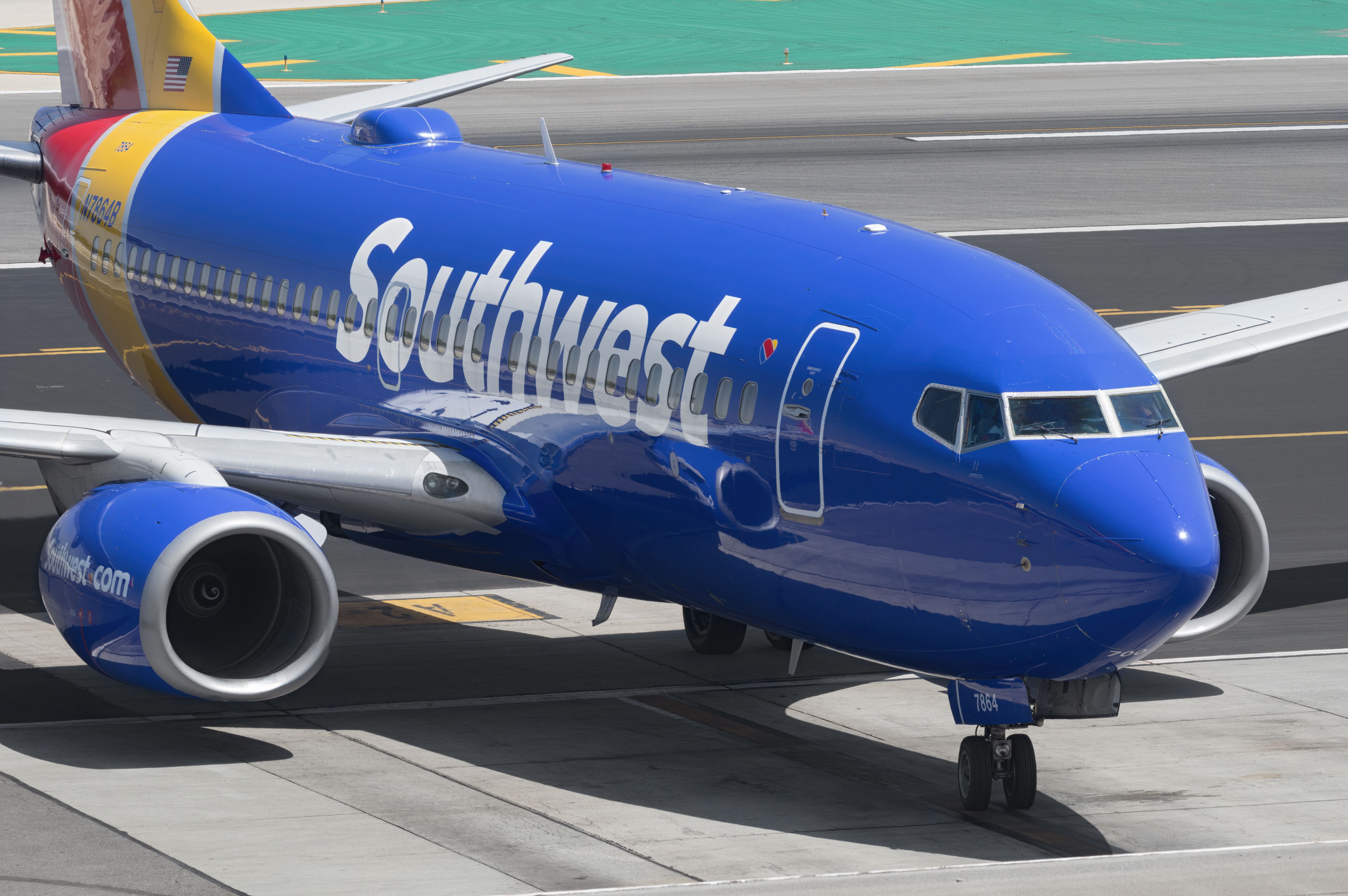Summary
- JetBlue has the longest domestic stage length in the US at 1,026 nautical miles (1,901 km).
- United, Delta, and American all have distances below the average of analyzed airlines.
- Southwest ranks 11th out of the 13 carriers examined, helping with sectors per aircraft per day.
One topic rarely discussed is airline stage lengths. That’s not surprising: it sounds deadly dull. But it’s important: it reflects everything a carrier has and does. In July 2024, the average US domestic passenger flight covers 678 nautical miles (1,255 km). That finding is based on examining every service (729,000!), carrier, and equipment using OAG data.
JetBlue has the longest stage length
The airlines shown in the figure are so crucial that they collectively operate 94% of US domestic flights in July. As you can see, JetBlue’s domestic stage length averages 1,026 nautical miles (1,901 km), above all other intra-US operators.
Source of data: Cirium. Figure: James Pearson
JetBlue’s position is influenced by the number of transcontinental services from New York JFK, Boston, and Florida, along with mainland US flights to Puerto Rico, which is considered domestic. Many Northeast US-Florida routes, around which JetBlue revolves, are also above average. JetBlue has 63 domestic routes covering more than 1,026 nautical miles, with 37% of its July flights above that length.
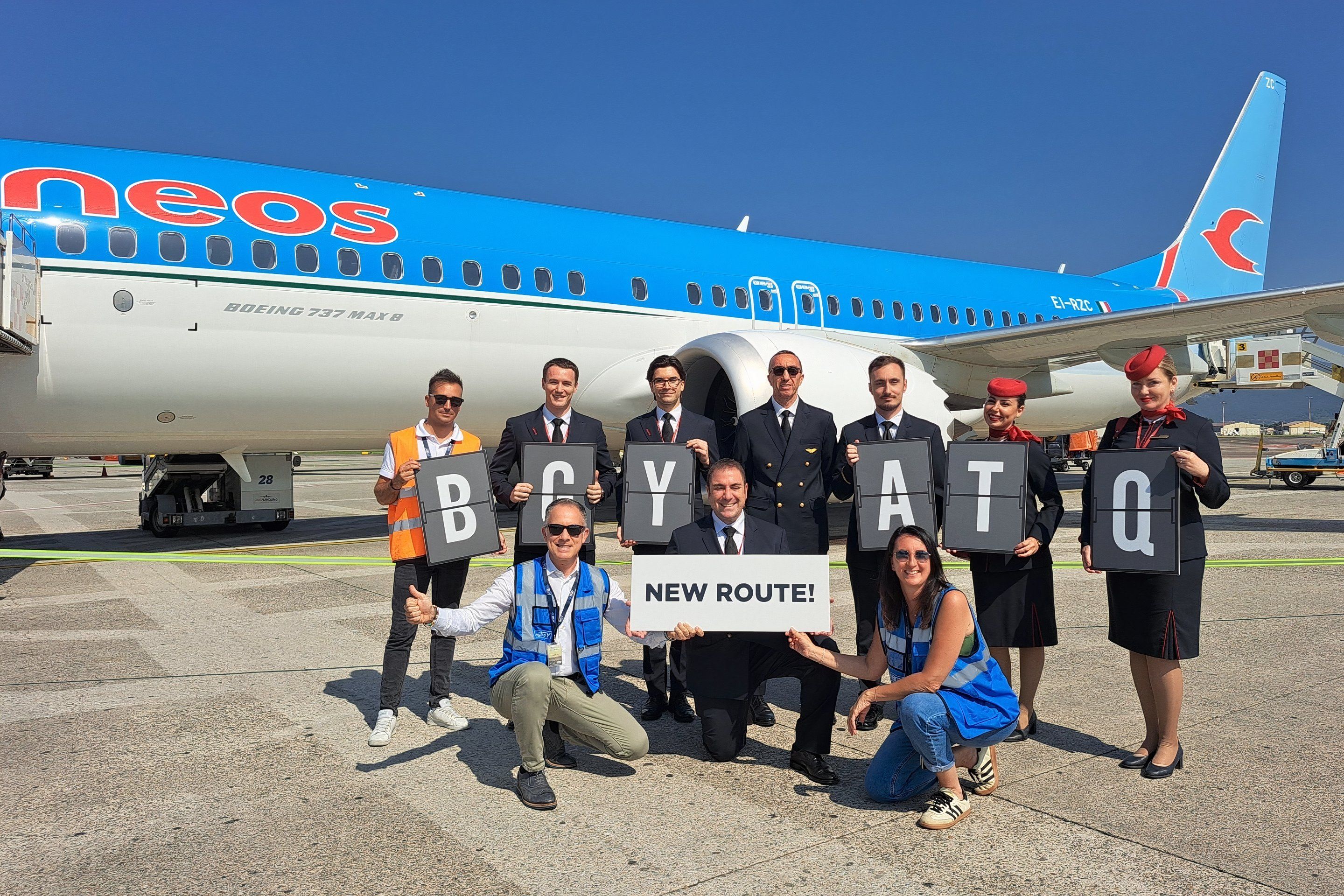
Related
11+ Hours: A Look At Neos’ New 1-Stop Boeing 737 India Flights
It is the only 737-operated scheduled service between Western Europe and India.
What about United, Delta, and American?
The trio operates more than one out of two domestic US services. However, none of the carriers feature especially highly by stage length: United is ninth, Delta is 10th, and American is 13th.
All three airlines are below average for the 13 airlines analyzed (793 nautical miles, 1,440 km). However, only American is lower than all domestic US carriers combined (678 nautical miles, 1,255 km).
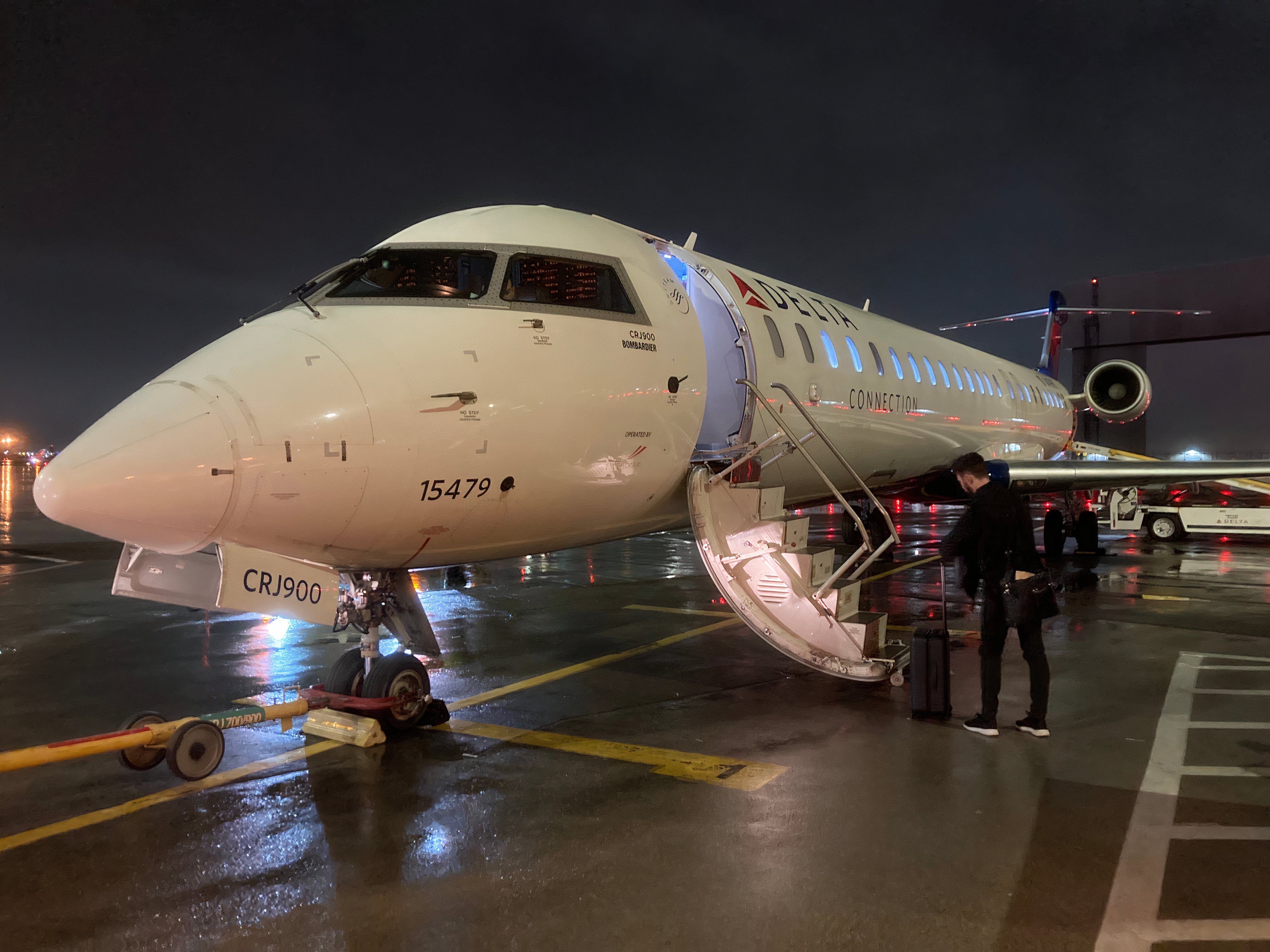
Related
Wow: 10 Of The USA’s Top 20 Airports Have Fewer Flights Than Pre-Pandemic 2019
There have been significant changes.
Part of the reason is the many short spokes that feed each carrier’s numerous hubs, which helps to drive all-important connectivity. Of course, regional jets (RJs) are the key to this.
A whopping 42% of the trio’s domestic services are on RJs. Considering those flights, the three carriers’ combined stage length is obviously far lower – 398 nautical miles (721 km) on 1,280+ routes. In contrast, it rises to 881 nautical miles (1,632 km) for domestic mainline service (excluding RJs).
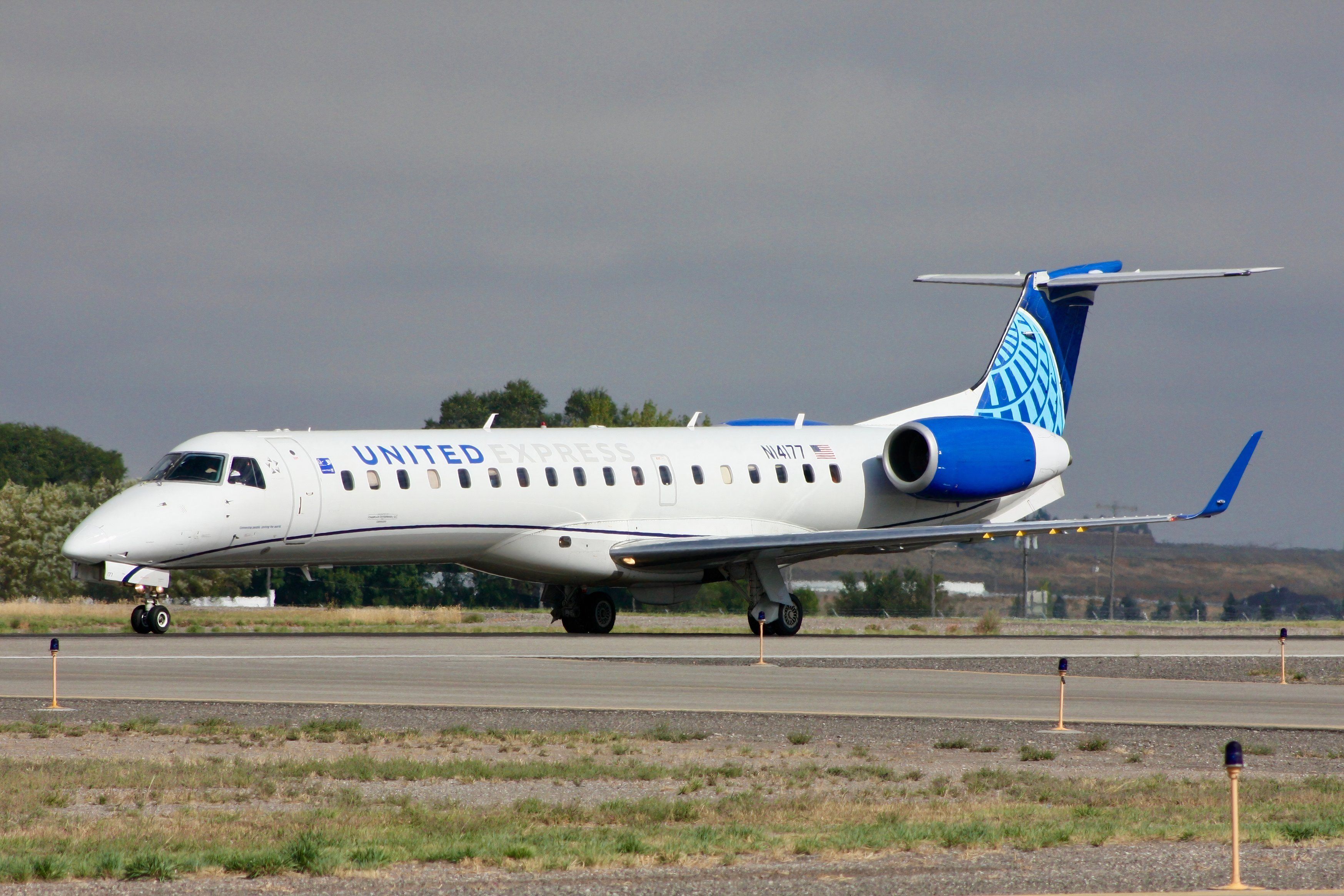
Related
Up To 2h 44m: The USA’s 10 Longest 50-Seat Regional Jet Flights In July
Which do you think made the cut?
Southwest ranks 11th
Southwest’s relatively low figure – 677 nautical miles (1,254 km) – is critical to its aircraft productivity, which drives more sectors, passengers, and revenue per aircraft per day. Some 44% of its flights are within that distance.
Of course, this is only one part of utilization: block hours per day are also crucial, while short turn times enable more sectors. Notably, the typical stage length of European ultra-low-cost carrier (ULCC) Ryanair, which modeled itself on Southwest but then adapted the model further, is virtually identical.
Photo: Angel DiBilio | Shutterstock
Curiously, notice the big difference between Southwest and ULCC Spirit, whose stage length is a quarter higher. That’s driven by more transcontinental routes, including many overnight services, something that Southwest is reportedly to begin offering.

